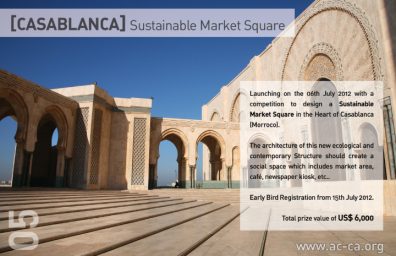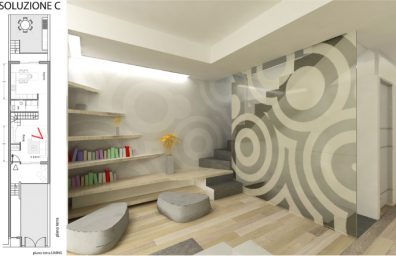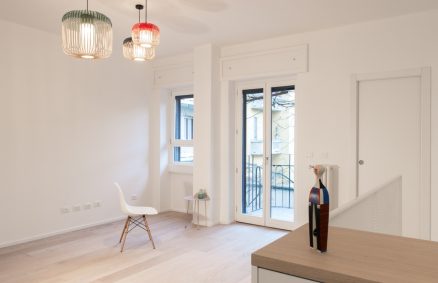We consider a priori architecture as a niche art and the figure of the architect as a frivolous artist who realizes his own design suggestions regardless of the external yardstick.
From this first superficial reading, it is clear that architecture is nothing more than building and that the architect is a sort of painter who paints the building on a neutral background, that is, unconditional from the pre-existing ones.
Imagine having in front of you, an architect, who to carry out a project, paints on a canvas still intact. With an indiscreet eye, don't you dare ask what she is doing, an artist should not be disturbed while she works; so wait for the work to be done. Once the work is finished, the artist with profound pride shows you the project: shapes and shapes that you do not understand but which, for the architect, represent a beautiful and different vision, precisely that diversity that, winking at you, intrigues the recipient of the work.
The architecture, however, is not this, not behind forms suggested by a beautiful self.
Often we talk about how the ancient Greeks or the Romans were based city or materialize projects notable for their technical knowledge; but these projects were not based on closed forms in themselves and in their beautiful lines. Think of the entrance to the Acropolis in Athens, or the Roman Theatre in Verona for examples closer to us. Both made in a space in which the landscape value is very important so that the dialogue between the building and the nature both invasive and contextually perfect. More than two thousand years ago the dialogue between architecture and landscape was a constant; nowadays this relationship has gone to discover only in the last twenty years.
The attention to the landscape was not the result of an evolution of the understanding of the architecture, but necessary solution to the problems which our country has faced: floods, landslides, land speculation, collapses were the foundations that have threw a rereading of the building system that until the early '70 sensed soil as an unlimited resource.
The evolution of construction techniques, materials, and developed a sensitivity have now led to a degree more accurate, but not concluded, of interventions.
The architecture is often interpreted as something timely and indifferent of context but try to think how it would be to live with the Mantova Milan Torre Velasca instead of the bell tower of the Palazzo della Ragione.
What surrounds us is the result of historical layers that mark the passage of different eras.
Precisely for this reason the squandering of the territory with mere townhouses spread evenly rather than blocks of buildings on the edge of the historic streets, once the continuation of commercial tracks, turn into fractures that do not allow the city to extend but to get lost in the urban periphery formless and massificati, without identity.
The identity of a place is given by the functions for which he was born and from which it took shape.
Sure you do not pretend to dictate objective rules to guide the actions towards the realization of the city "ideal"; maybe because I'm still a student and immature dreamer, perhaps because I believe that architecture within reach of man and nature is still possible, or perhaps simply because I have not wanted to open their eyes and understand what is the system that runs the world.
Anyway I feel too comfortable to say that you can not change but only adapt, stereotypes now exist around every corner; perhaps this is the reason, the approval brings unconsciously cancellation of dreams and identity.
We always talk about a drop in the ocean and not rain because it is more convenient to ignore that does not get in the game?
Dr. Marcello. Ghirardi
#gdesignart




Copyright © 2010-2011









